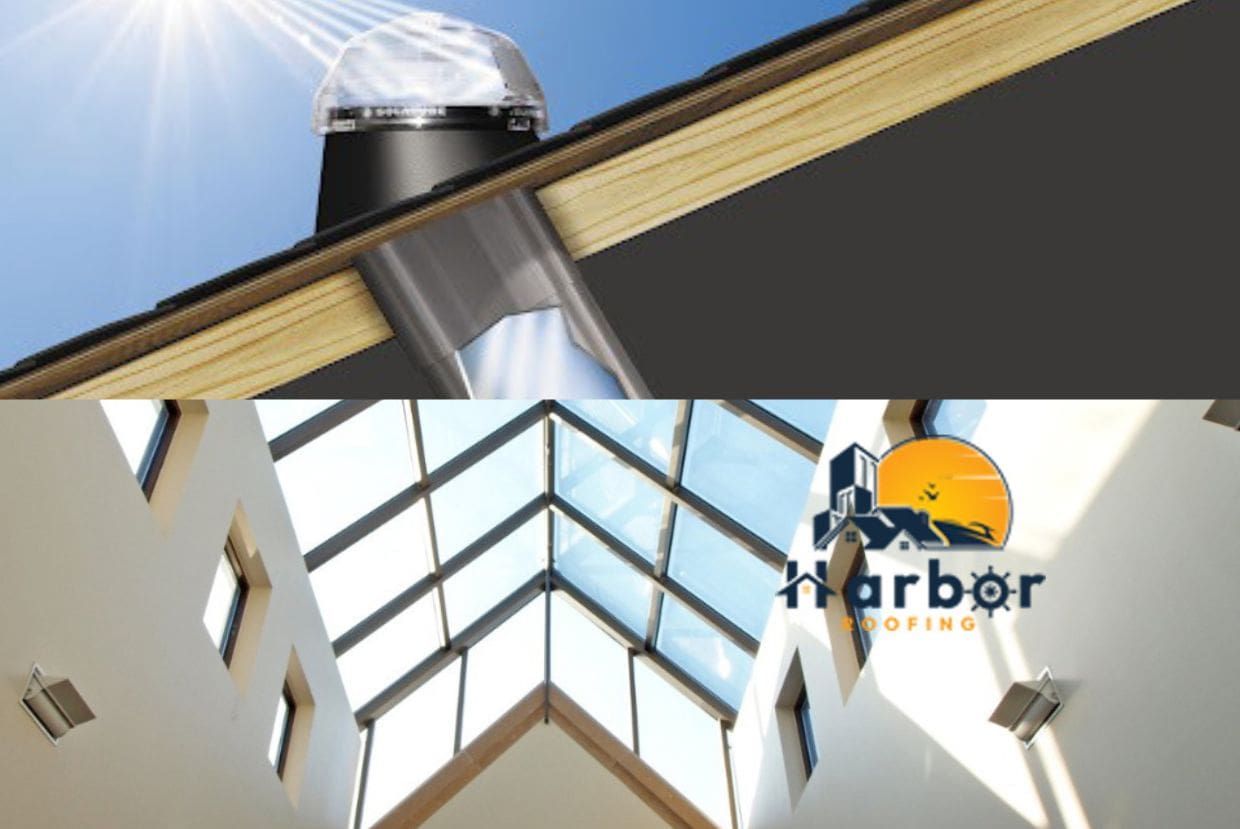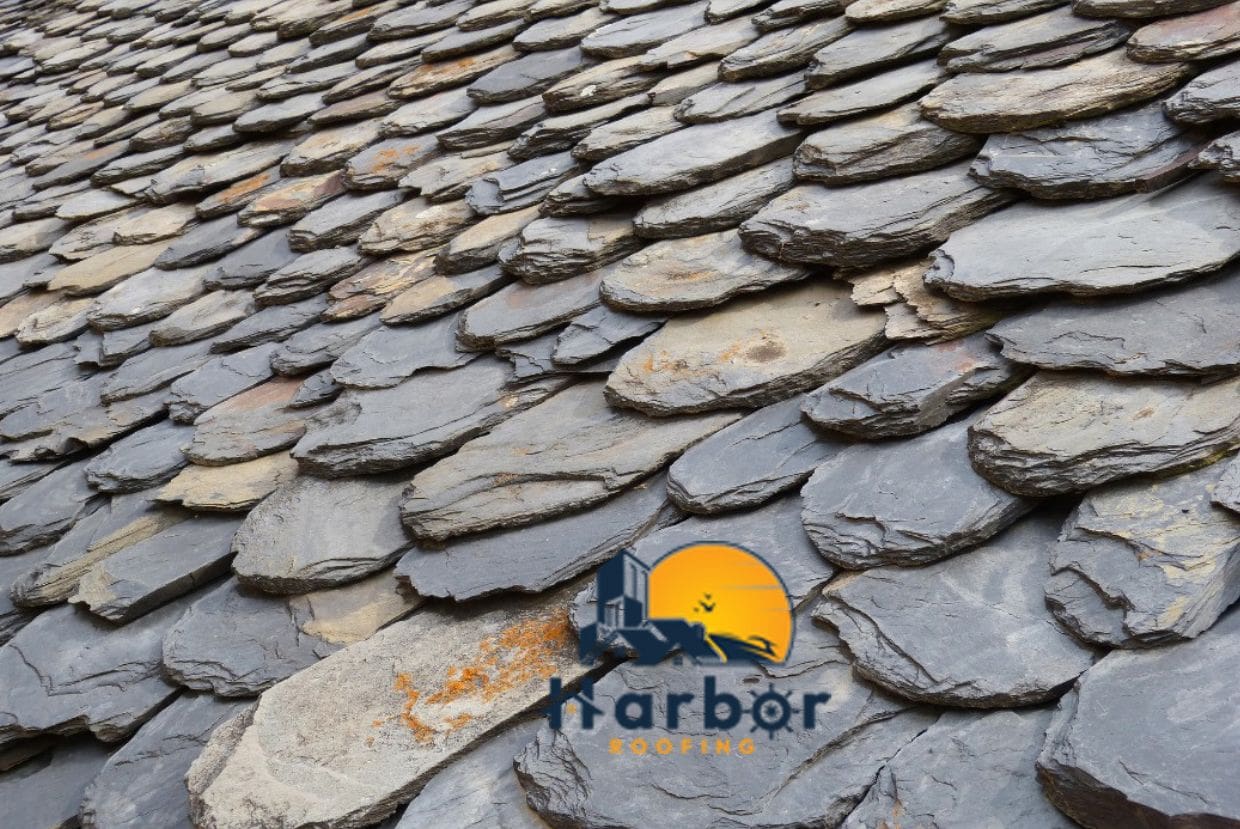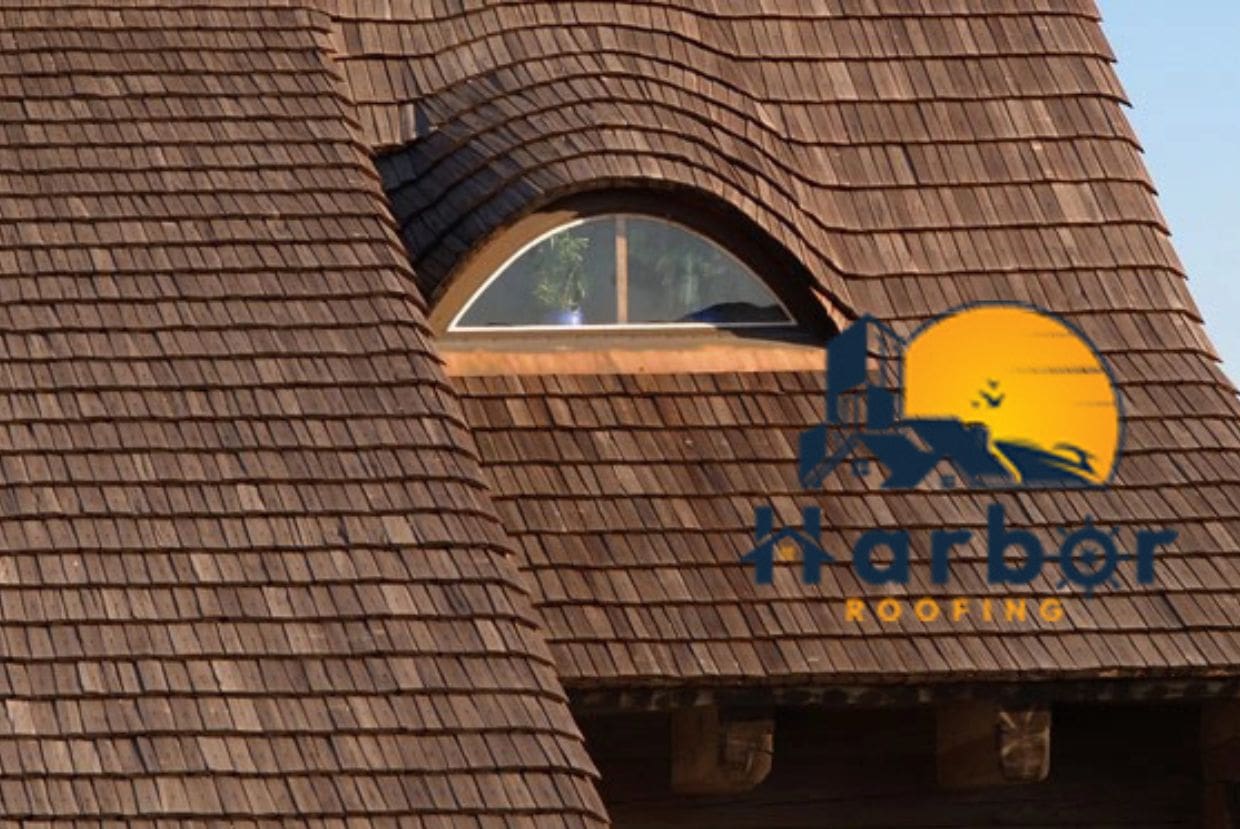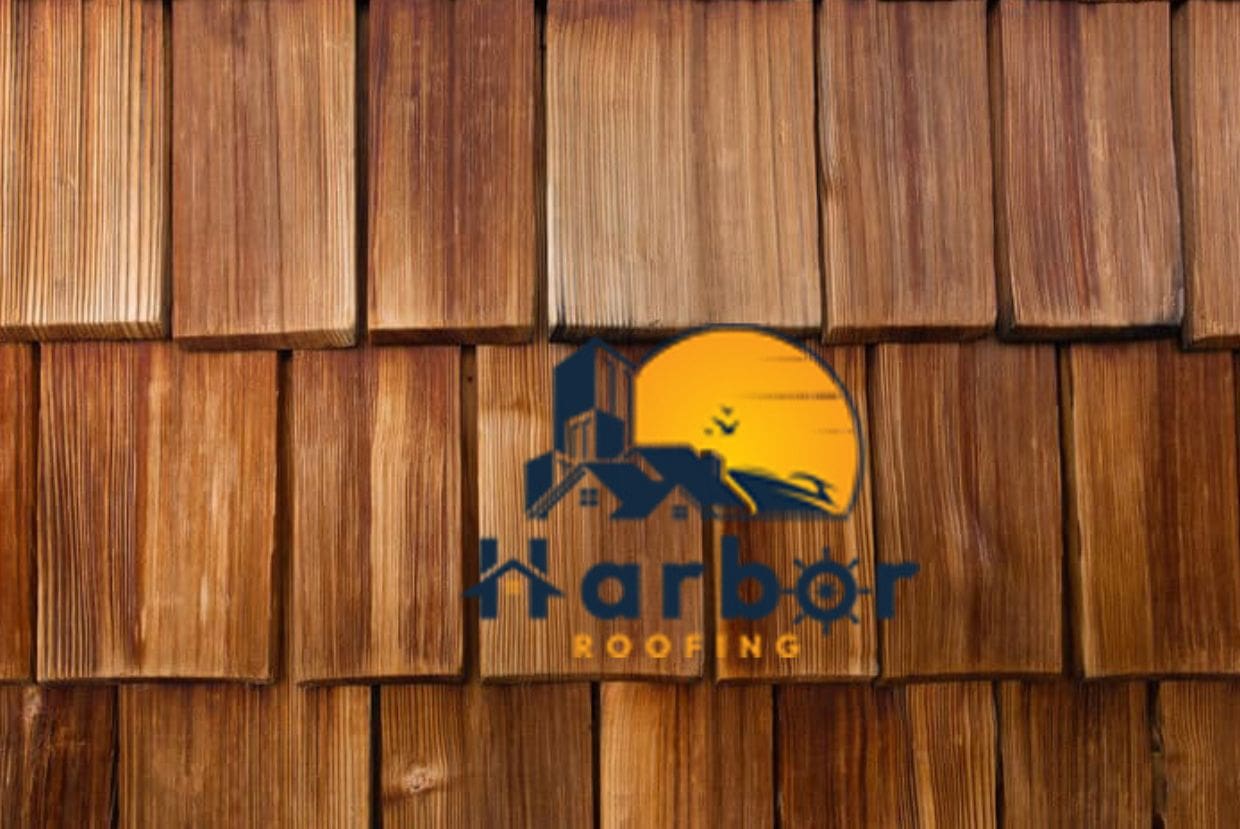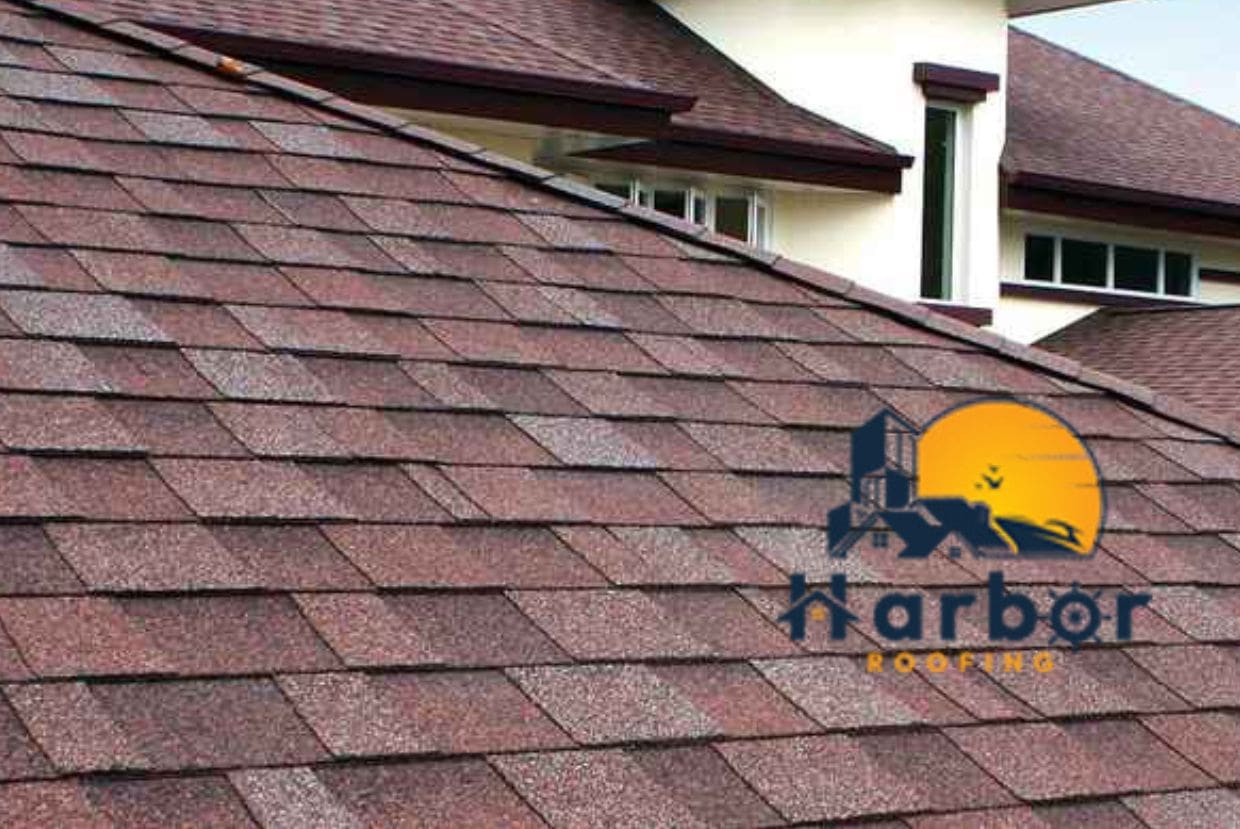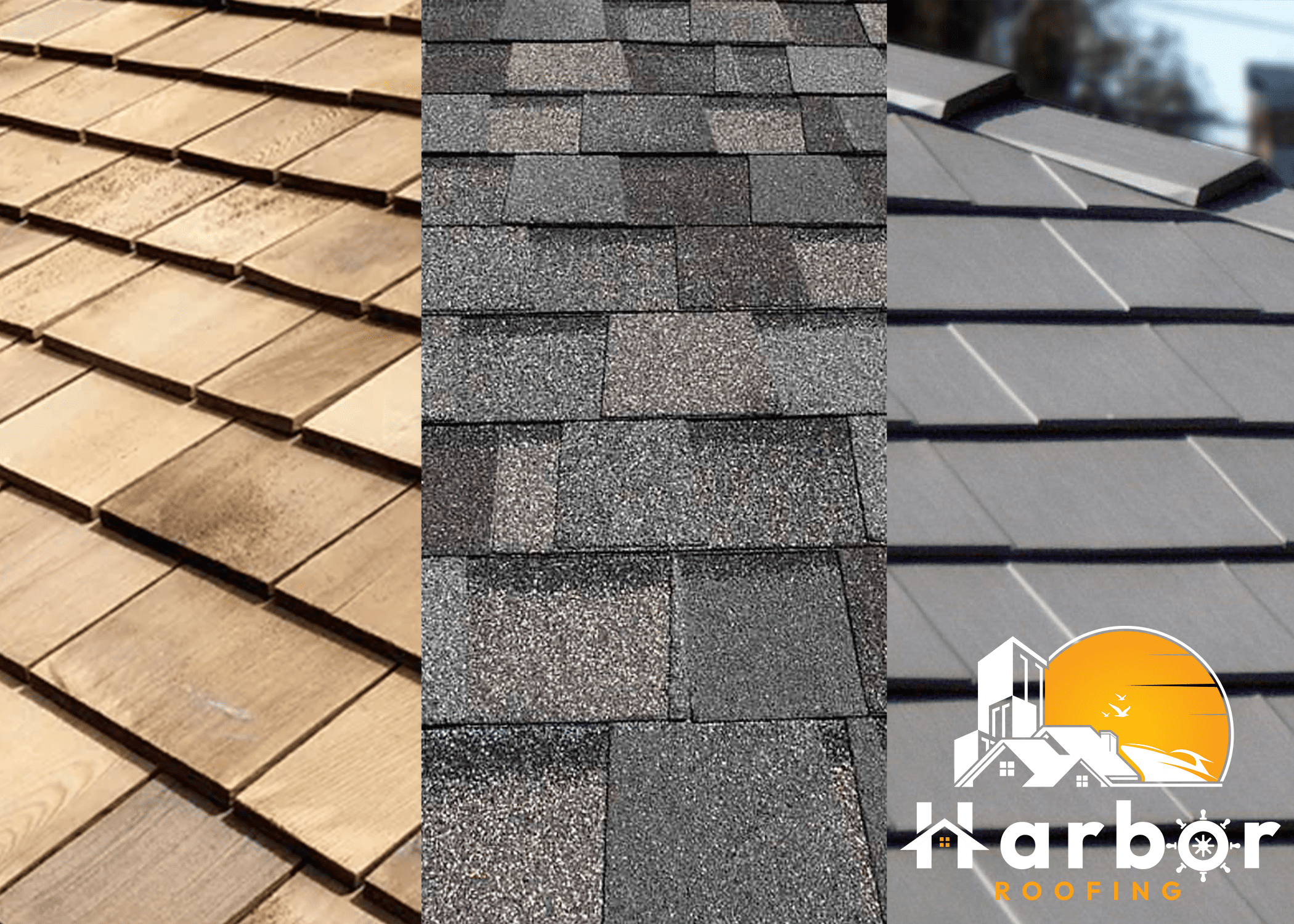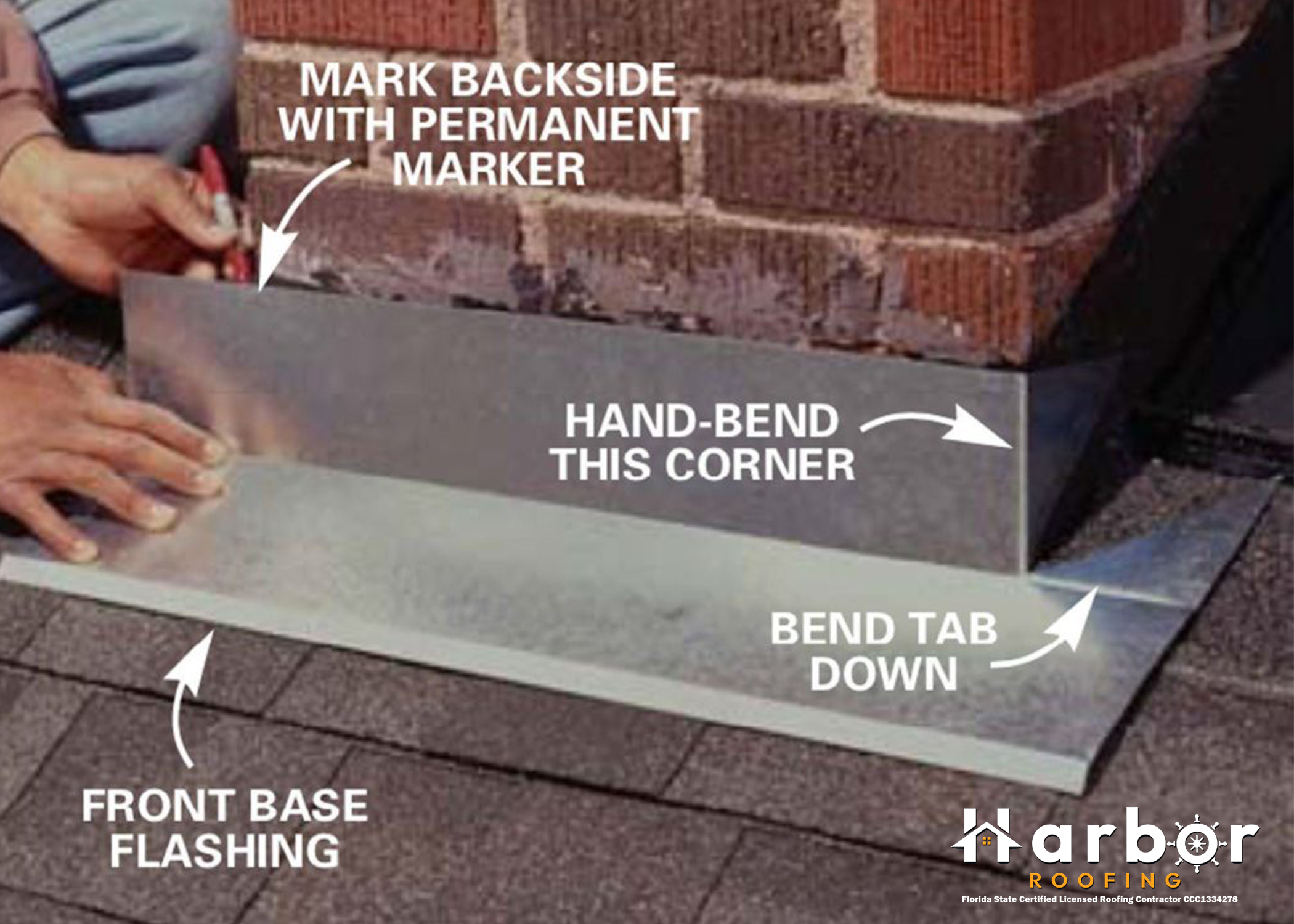When it comes to brightening your home with a warm feel, nothing beats sunlight. This is why it has become popular among homeowners to find ways to include more natural lighting in their homes. Adding a sun tunnel or skylight is one of the finest ways to achieve it.
These two lighting options are great and share a similar purpose. However, they have distinct features that make them different and suitable for various situations. But how do you know which one best fits your situation?
That’s one of the things you’ll eventually be able to figure out at the end of this article. So stay with us as we answer your questions about sun tunnels and skylights.
What Is a Sun Tunnel?
A sun tunnel is a device that collects sunlight from the roof and channels it to your home. This device comprises three key features: a dome on the rooftop, a reflective tube, and a light diffuser fixed to the internal ceiling. It collects sunlight with the dome and sends it down to the reflective tube and into the diffuser after being magnified. The light diffuser then circulates the sunlight into your room. People also call sun tunnels tubular skylights or solar tubes.
There are two types of sun tunnels: rigid and flexible. Rigid sun tunnels are ideal if there are no obstacles between the ceiling and the roof. They allow you to choose different diffuser options to fit your room’s aesthetics. Flexible sun tunnels are suitable for areas that need to control the tube around obstacles to join the diffuser and dome.
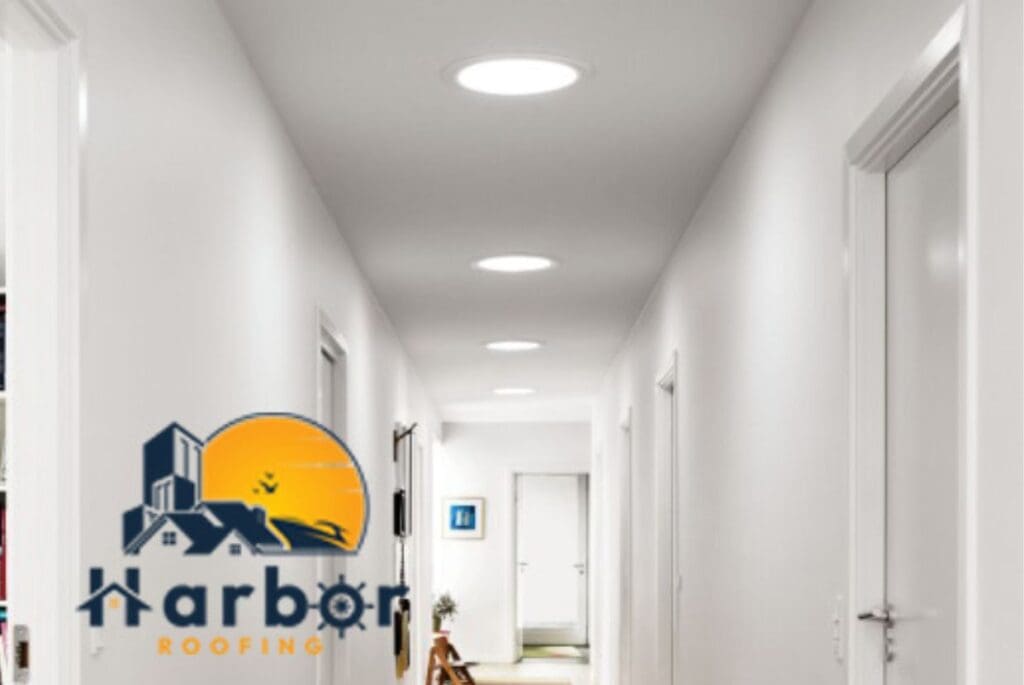
Pros and Cons of Sun Tunnels
Pros
- Energy efficiency: This is a core advantage of sun tunnels. They have an energy efficiency that lets you utilize natural lighting during the day, minimizing your dependence on artificial light. This, in turn, brings down your energy bills. Having a sun tunnel is equivalent to being unbothered about increased energy use.
- Affordability: Compared to conventional skylights, sun tunnels are inexpensive. They have a lower installation cost and need less modification for your home’s structure. This makes them a desirable choice for homeowners on a tight budget who want to add some brightness and a natural feel to their homes.
- Easy installation: The process of installing a sun tunnel is pretty straightforward. You don’t have to alter the state of your home much to get one. It does not demand that you make changes to your roof or building structure. Additionally, a skilled roofing contractor will spend a maximum of a few hours wrapping up the roof installation.
Cons
- Limited aesthetic alternatives: Although efficient and functional, sun tunnels are less aesthetically appealing than skylights. The diffuser is uncomplicated and round or square, so this design may not go with every type of home decor. More choices for size and form adjustment are available with skylights.
- Limited distribution of natural light: Sun tunnels are better suited for smaller rooms and spaces and might not be as successful in illuminating bigger ones. This is because they were designed to make their lighting directional. So, bigger rooms with open floor designs may have uneven illumination.
What Is a Skylight?
A skylight is a window that is directly installed on your roof. It allows a stream of sunlight to enter your room or space from above. They come in different sizes and shapes, including vented, electrically powered, and fixed skylights. Fixed skylights are sealed tight, while vented ones open to the outside. They can open manually, electrically, or by solar.
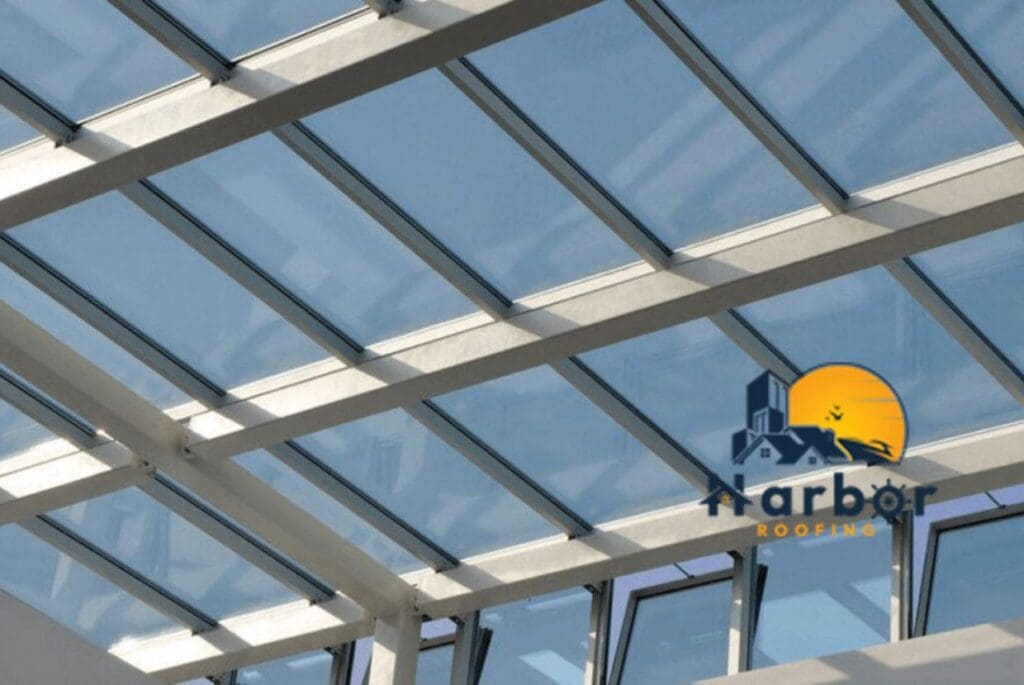
Pros and Cons of Skylights
Pros
- Aesthetically pleasing: Skylights are popularly known for their aesthetic allure. They become a part of your home’s decor, giving you a breathtaking view of the sky in the day and a starry sky at night. They are versatile and provide options for customization, allowing you to select a skylight that suits your style or interior decor.
- Lots of natural light: Skylights let in a lot of natural light, making them the perfect option for large spaces. They can create a feeling of connection with nature and make the room feel bigger by altering dark spaces into bright, breezy environments.
- Ventilation options: Many of them have ventilation options, which allow you to let fresh air into your home. This added advantage is handy in bathrooms and kitchens, where you need adequate ventilation.
Cons
- Challenges with energy efficiency: If you do not insulate and shade your skylights adequately, they will add to the heat gain during summer and heat loss in winter. If this happens, it can lead to challenges with energy efficiency.
- Complex installation and high cost: Purchasing and installing skylights is more costly than installing sun tunnels. To install a skylight, you must cut a hole in your roof, which can be complicated and tasking. You may also have to buy shades or blinds to control the light’s entry.
Skylight Vs. Sun Tunnel: Which is Right For You?
Now, here comes the part where you decide if a skylight or a sun tunnel is better for you. Choosing between these two is an important decision for property owners. Both have particular benefits and drawbacks that can greatly influence the atmosphere and practicality of your house. Hence, it is crucial for you to understand the key factors we will be discussing shortly.
Compatibility with Roof Type
Before deciding on which option to choose, it is vital to inspect the compatibility of your roof. Installing sun tunnels may not be right for some roofing materials or designs. The same goes for a skylight. You have to consult a professional to access the roof and find out if your desired option is suitable.
Ease of Installation
Installing a skylight is a time-consuming and labor-intensive project. Installing a sun tunnel is much easier. To install a skylight, you need to cut a hole into your roof, create a frame for the skylight and new drywall, and position the new drywall to enclose the area. You must also flash the skylight and paint the drywall for a final touch. The installation process could take some days and involves multiple specialized skills like painting, carpentry, and roofing.
Although the sun tunnel also requires a hole in the ceiling and roof, installing it is a lot easier than a skylight. After creating a hole in the roof, the constructor fits the tube into it before fixing the light diffuser and dome on the ends. This whole process may take about three hours to complete.
Room size and location
Sun tunnels are ideal for hallways, smaller rooms, closets, and bathrooms. At the same time, skylights are excellent for larger spaces like living rooms, bedrooms, and kitchens. So consider the size of the living space and how much natural illumination you want.
Cost
It will cost you more to get a new skylight than a sun tunnel. Although the cost of material for a skylight is higher than that for a sun tunnel, the cost of labor is even more expensive, which is the main reason for the wide gap in cost.
A complete installation of a skylight involves different trades. Hence, it is more intensive and time-consuming. This explains why it is the more expensive option, making a sun tunnel the budget-friendly option.
Design preferences
Consider your tastes in interior design and how the option you choose will complement your home’s general appearance and feel. Skylights are more conspicuous. They attract attention as a focal point in your space, while sun tunnels blend in more naturally.
Energy Consumption
Consider your goals for energy efficiency. If your goal is lowering your energy consumption, the sun tunnel is the better option. However, with adequate shading and insulation, you can manage your skylight to be energy efficient.
Conclusion
Ultimately, your choice about letting natural light into your home is fine. There’s really no bad choice here. What really matters is your choice and financial capacity. Hence, you must note the differences between a skylight and a sun tunnel. Having this information will help you make informed decisions that suit your needs.
A sun tunnel is easier, faster to install, less invasive, and more cost-effective than a skylight. On the other hand, a skylight allows more natural light into your living space, has more aesthetic appeal, and is eligible for the Federal Solar Tax Credit. So, which one is better suited for your needs?
Frequently Asked Questions
Does a skylight and a sun tunnel qualify for the Federal Solar Tax Credit?
Before qualifying for the Federal Solar Tax Credit, they must be solar-powered. The credit allows you to remove 30% of installation costs on solar energy systems. Skylights qualify for this credit. You can get one with a solar-powered skylight or by adding a solar-powered addition to your skylight.
Is a skylight easier to install?
No, it isn’t. It is actually easier to install a sun tunnel than a skylight. Installing a skylight is labor and time-intensive.
